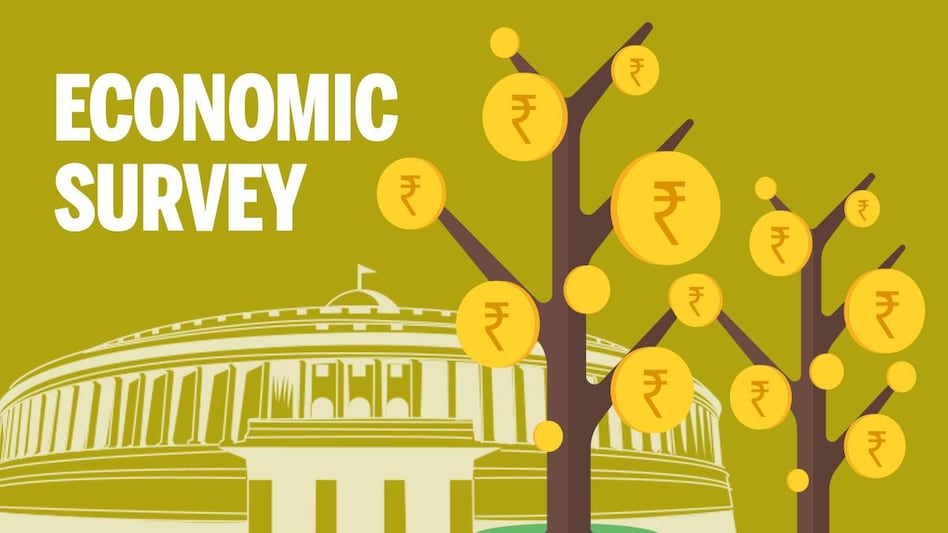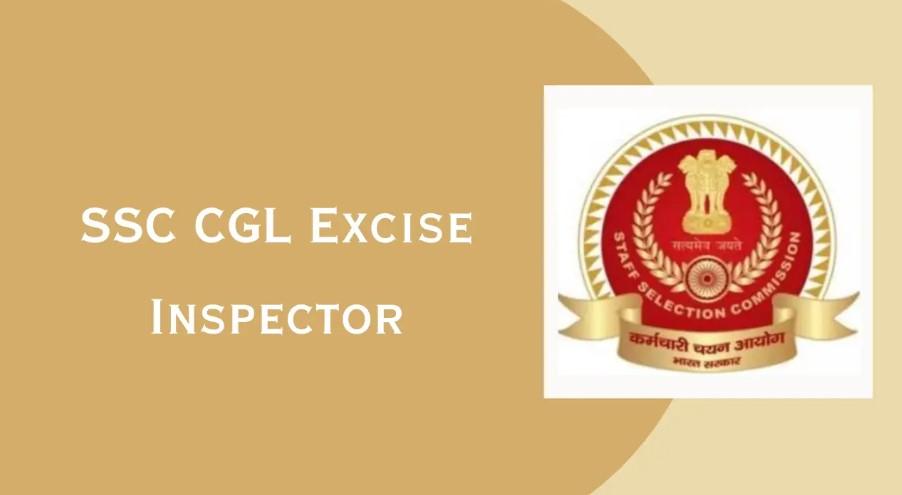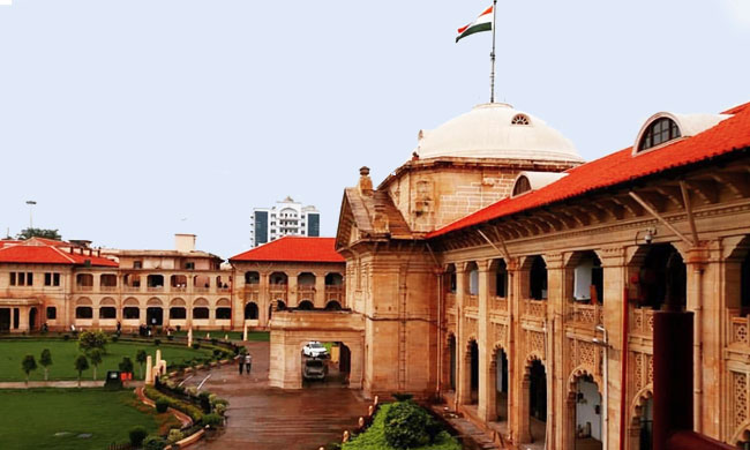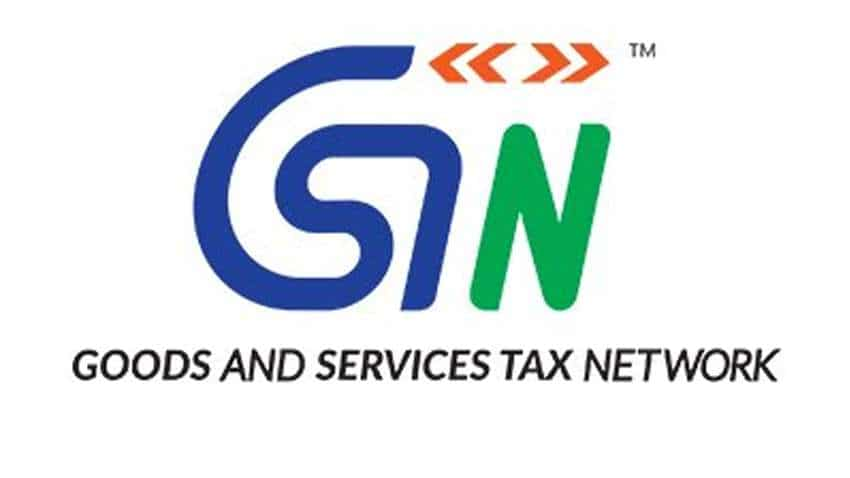The GST department’s move to scrutinize data from the IT department and the MCA is a part of the government’s broader strategy to boost tax compliance and revenues. According to reports, the government has set a target of collecting Rs 22.7 lakh crore in direct and indirect taxes in the current financial year, which is an increase of around 20% from the previous year’s target.

However, achieving this target is going to be a challenge, given the disruptions caused by the COVID-19 pandemic and the economic slowdown. The pandemic has severely impacted various sectors of the economy, such as hospitality, tourism, and aviation, which have seen a sharp decline in revenues and profitability. This has led to a decline in GST collections, which fell to a 10-month low of Rs 1.03 lakh crore in February 2021.

To address this issue, the government has launched various measures to boost tax compliance and revenues. One such measure is the use of advanced data analytics and machine learning algorithms to identify potential tax evaders and non-compliant taxpayers. This is a proactive approach to detecting non-compliance, as opposed to the reactive approach of conducting audits and investigations after the fact.
Another measure is the simplification of the GST filing process and the introduction of new features to make it more user-friendly for small businesses and taxpayers. The GST Sahaj campaign is a part of this initiative, which aims to simplify the GST return filing process for small taxpayers with a turnover of up to Rs 5 crore. This will reduce the compliance burden for small businesses and encourage them to file their returns on time.
Apart from these measures, the government has also taken steps to crack down on cases of fake invoicing and tax fraud, which have been on the rise in recent years. Fake invoicing involves creating fake invoices for goods or services that were never actually supplied, to claim input tax credit or to evade taxes. This practice has led to losses of thousands of crores of rupees in revenue for the government.

To address this issue, the GST department has launched a nationwide crackdown on cases of fake invoicing and tax fraud. The department has conducted several raids and investigations in the past few months, which has led to the arrest of several individuals and the recovery of millions of rupees in unpaid taxes.
In conclusion, the GST department’s move to scrutinize data from the IT department and the MCA is a significant step towards improving tax compliance and plugging revenue leakages in the GST system. It will help identify non-compliant taxpayers and bring them into the tax net, which will ultimately boost GST collections and revenue for the government. However, it is important for the government to balance its efforts to improve tax compliance with measures to support businesses and individuals impacted by the pandemic and the economic slowdown. By taking a balanced and proactive approach, the government can achieve its target of boosting tax compliance and revenues, while also supporting economic growth and recovery.














